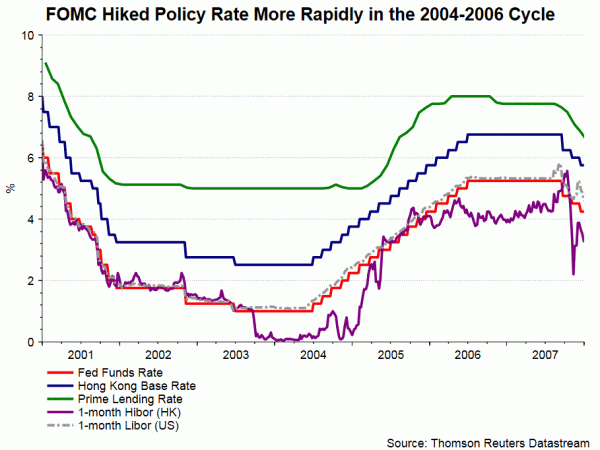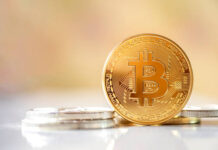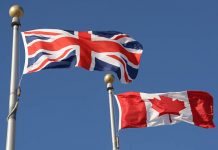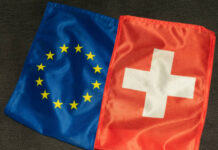USDHKD has continued flirting slightly below 7.85, the weak end of its trading band. Since late-February, the market has been speculating about what and when the Hong Kong Monetary authority HKMA, the de facto central bank of Hong Kong, would do to maintain the peg. We judge that the relative Hong Kong dollar weakness of late is driven by yield differential. If the weak end (7.85) of the peg is reached, the HKMA is obliged to intervene by buying Hong Kong dollar (HKD) in order to maintain the currency peg with the US dollar (USD). The intervention would drain interbank liquidity and cause HIBOR to increase. We do not expect the pace of interest rate increase would imitate that of the previous Fed’s rate hike cycle in 2004-2006.
The Linked Exchange Rate System in Hong Kong
In order to restore market confidence of its currency amidst negotiation of sovereignty handover, the Hong Kong government announced in October 1983 to peg HKD to USD at a rate of 7.8. After several rounds of fine-tuning, the HKMA introduced in 2005 a strong-side Convertibility Undertaking to buy USD from licensed banks at HK$7.75 to one USD, as well as a weak-side Convertibility Undertaking to sell USD at HK$7.85 to one USD. This allows the currency pair to achieve symmetry around the Linked Rate of HK$7.80. Within the Convertibility Zone (7.75-7.85), the HKMA may choose to conduct market operations consistent with predefined principles with the aim of promoting the smooth functioning of the money and foreign exchange markets.
By pegging its currency with USD, the Hong Kong government has surrendered its autonomy in monetary policy, which has been dependent on that of the US since then. The chart below shows that the HKMA has been adjusting its policy rate (the base rate) in similar pace as the Fed’s rate moves.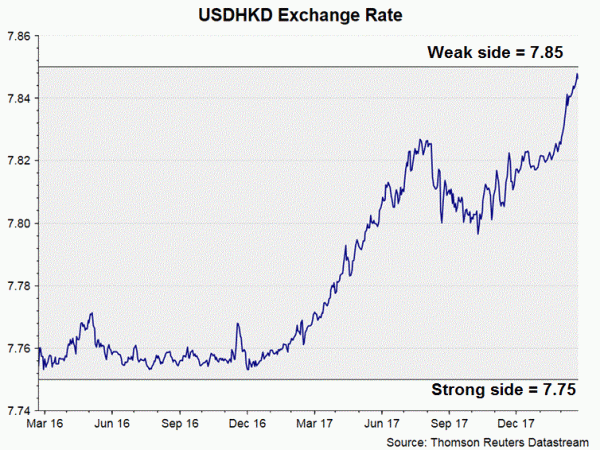
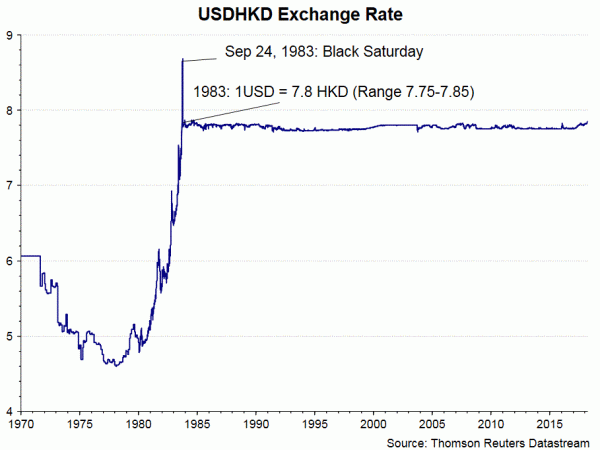
Cause of Recent HKD Weakness
The key reason of the relatively weakness of HKD against USD is the ample interbank liquidity in the city. Thanks to massive capital inflow resulting from the ultra accommodative monetary policy across the global, the interbank liquidity in Hong Kong has soared to HK$ 426B in 2015, almost 400 times the pre-crisis amount. Exceptionally low interbank interest rate in Hong Kong (HIBOR) has widened the yield differential between HIBOR and LIBOR since last year, causing capital to flow out of Hong Kong. HKD has recently become a popular carry trade currency due to its low borrowing cost.
While capital outflow has resulted in HKD’s relative weakness, it is far from hurting interbank liquidity in Hong Kong. HKMA’s issuances of Exchange Fund Notes/Bill in the second quarter of 2017 have absorbed HK$80B from the interbank, the liquidity level is still maintained at an abundant level of about HK$180B since November 2017, limiting the increase in HIBOR and prolonging the wide HIBOR-LIBOR spread.
Since the HIBOR-LIBOR spread has stayed in the widest level since 2017, we do not feel surprise if capital outflow continues. Yet, the pace of capital outflow is unlikely to reduce the interbank liquidity to the extent that HIBOR has to rise much more rapidly. The result is prolonged weakness in HKD.
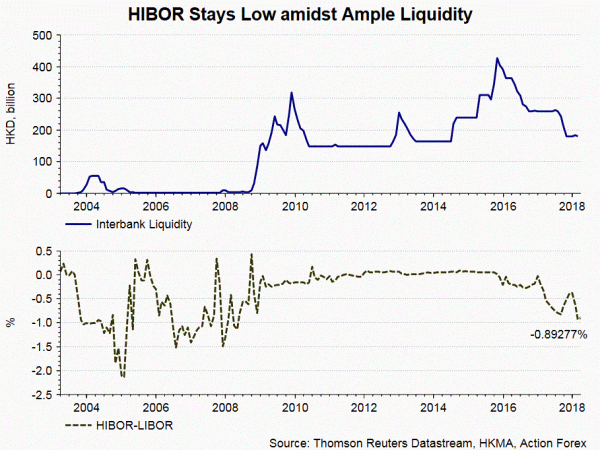
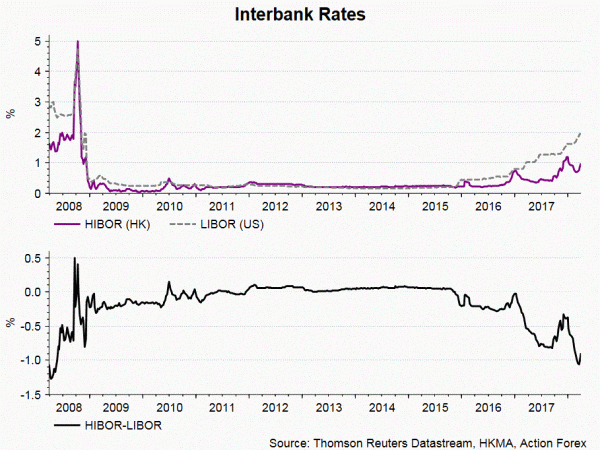
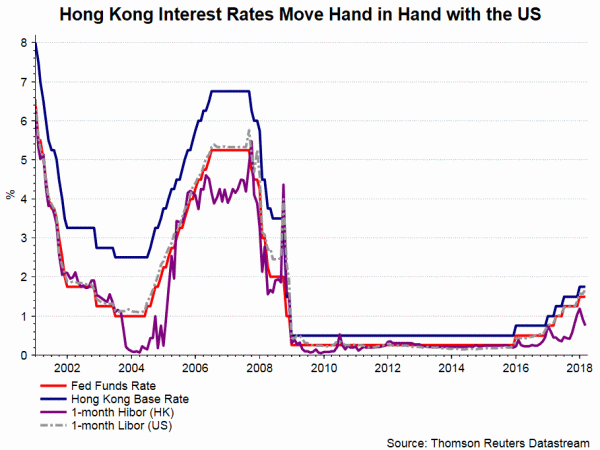
The HKMA has been committed to defending the linked system more over three decades, it would definitely keep the promise and intervene should the weak side of the currency pair (7.85) is reached. Actions to support HKD would drain liquidity and speed up HIBOR’s rise. However, the pace would be far from being similar to the period of 2004-2006, during which the Fed had hiked the policy rate by 425 bps. The Fed has to double the pace of rate hike now if it wants to repeat the policy cycle back then.
